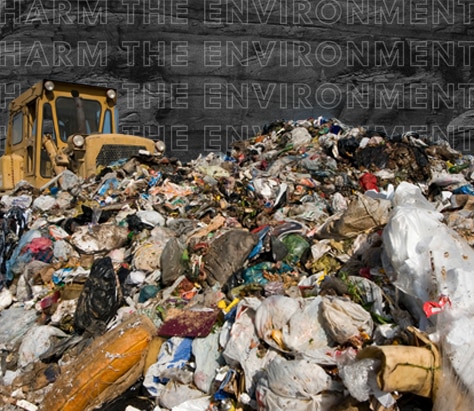

Native Strong.
Vape-Free.
We are Next Legends. We represent Native (American Indian and Alaska Native) teens who are proud of our heritage and protective of where we come from. We have seen the harms of smoking cigarettes firsthand and refuse to let vaping hold us back from a healthy mind, body, and spirit. Scroll down to get the facts and find out what makes vapes so harmful.



























